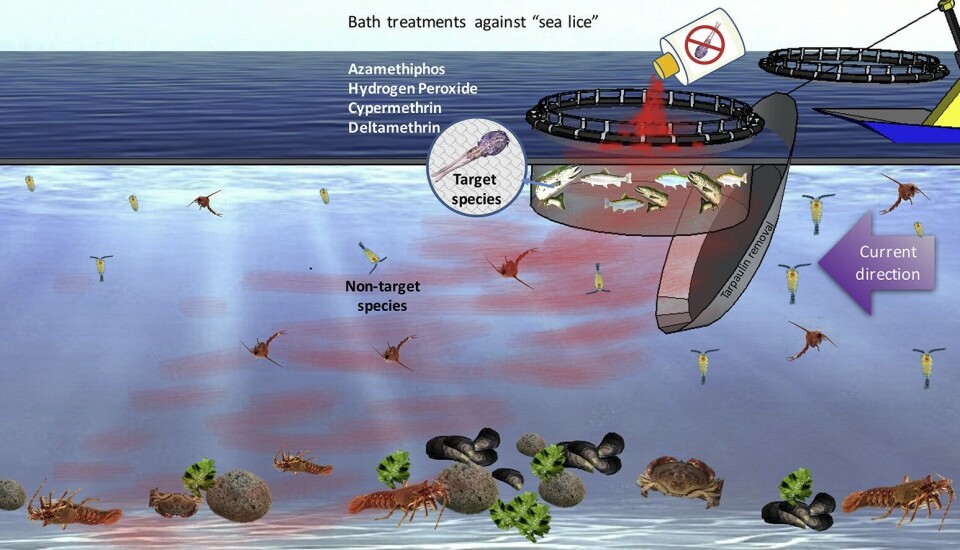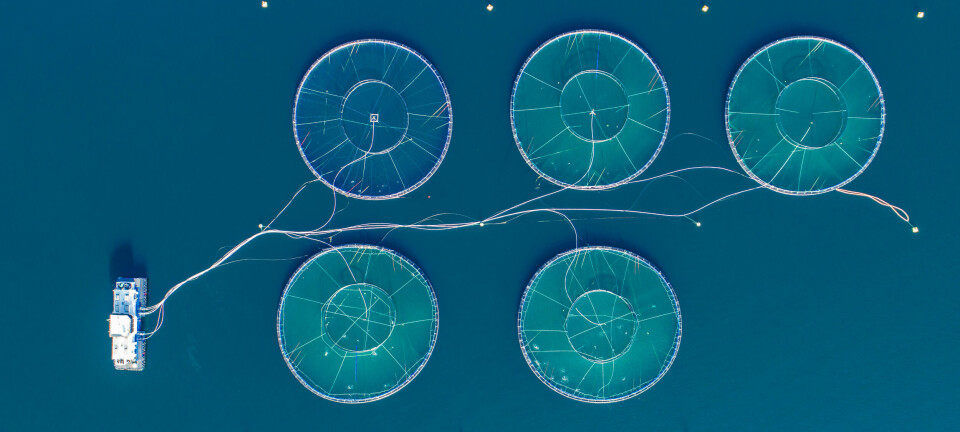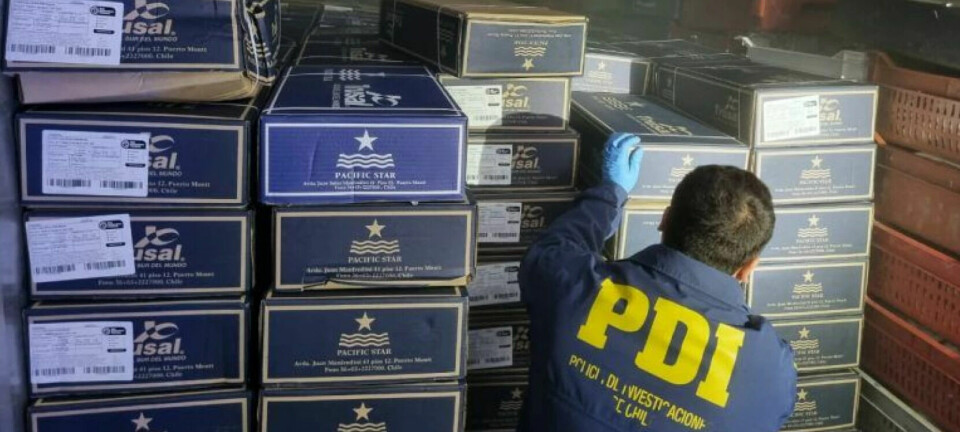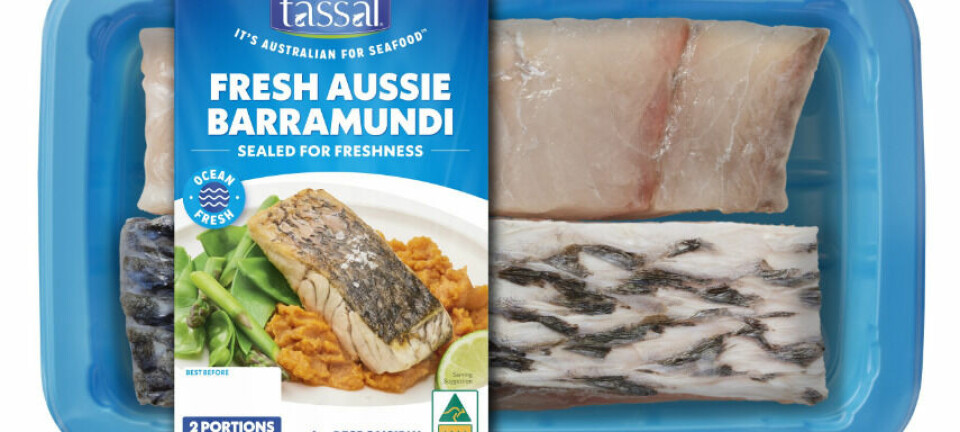
Chile: ‘Lice medicines are negatively affecting other species’
A review of scientific studies on the effects of the four pharmaceutical products most commonly used to kill sea lice show “clear negative effects” on other species in concentrations lower than those used in treatments, Chilean researchers say.
The review, titled Effects of pharmaceuticals used to treat salmon lice on non-target species: Evidence from a systematic review, was recently published in the journal Science of the Total Environment.
Researchers from the Universidad de Concepción, Universidad Austral de Chile, Fondap Center for Research in the Dynamics of Marine Ecosystems of Altas Latitudes (Ideal) and the Sea Center made an exhaustive review of the works that evaluate the lethal and sub-lethal effects of pharmaceutical products used to control sea lice in non-target crustaceans and bivalves.
Surrounding ecosystem
The products evaluated were cypermethrin, deltamethrin, azamethiphos and hydrogen peroxide, which are discharged into the sea when bath treatments are carried out with tarpaulins at farm sites, exposing the species of the surrounding ecosystem.
The report’s authors said aquaculture is currently one of the best prospects to help meet the growing need for protein in the human diet, but that aquaculture development and production also result in consequences for the environment and also impact other productive activities.
Lower concentrations
“Although the effects of this pharmaceutical exposure have been studied in some species, to date, a systematic and exhaustive review of the potential effects has not yet been carried out,” the researchers said.
“Our results show clear negative effects in concentrations lower than those used in treatments against sea lice in all species studied.”
The authors stated that this study demonstrates the knowledge gaps that must be addressed to improve the understanding of the effects of these pharmaceutical products on non-target species, ecosystems in general and other productive activities.
Review the study abstract here.




















































